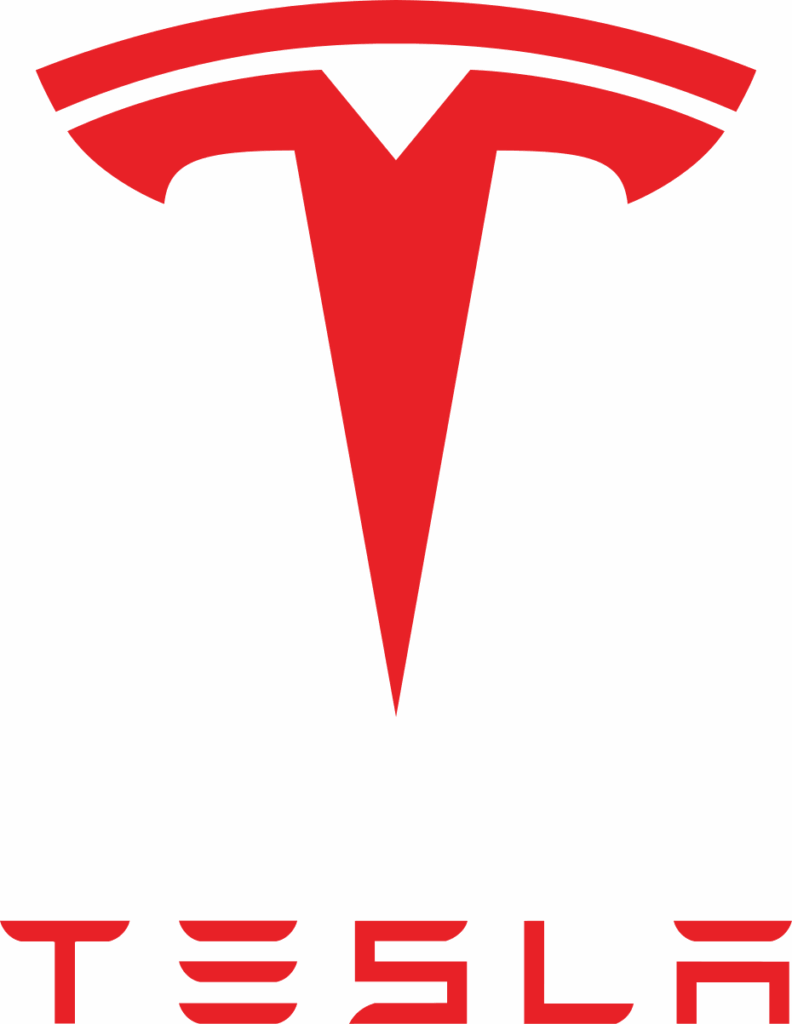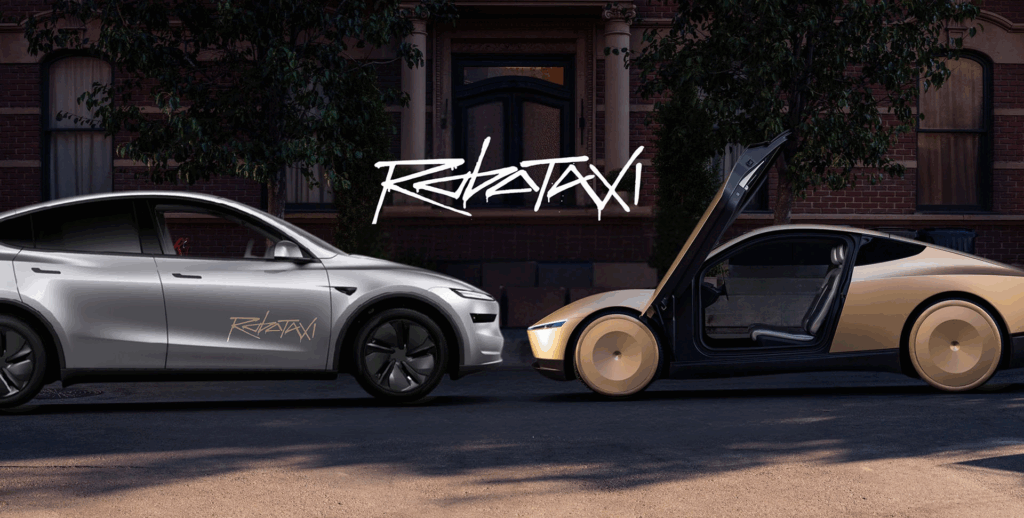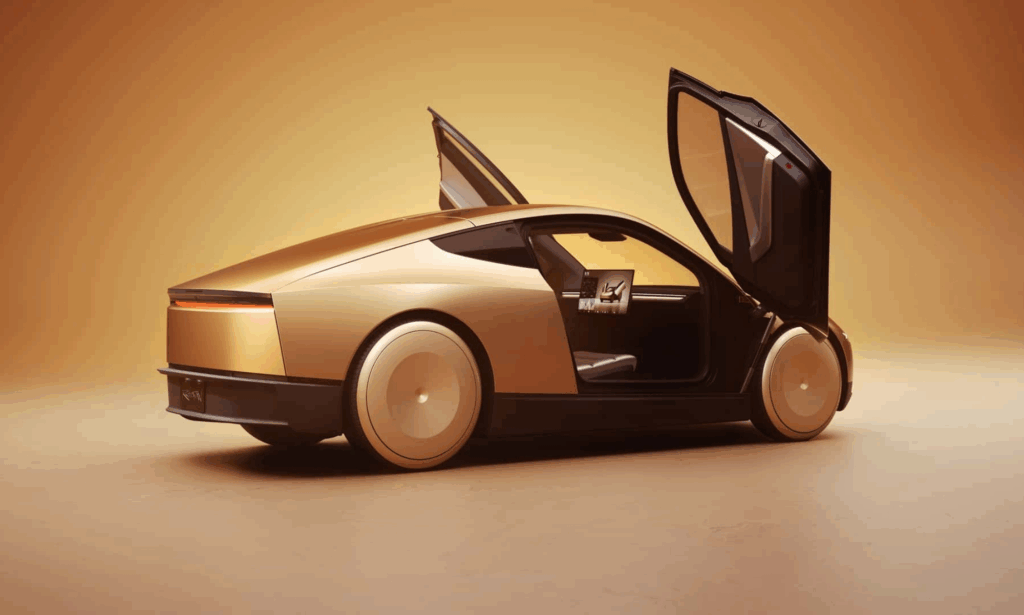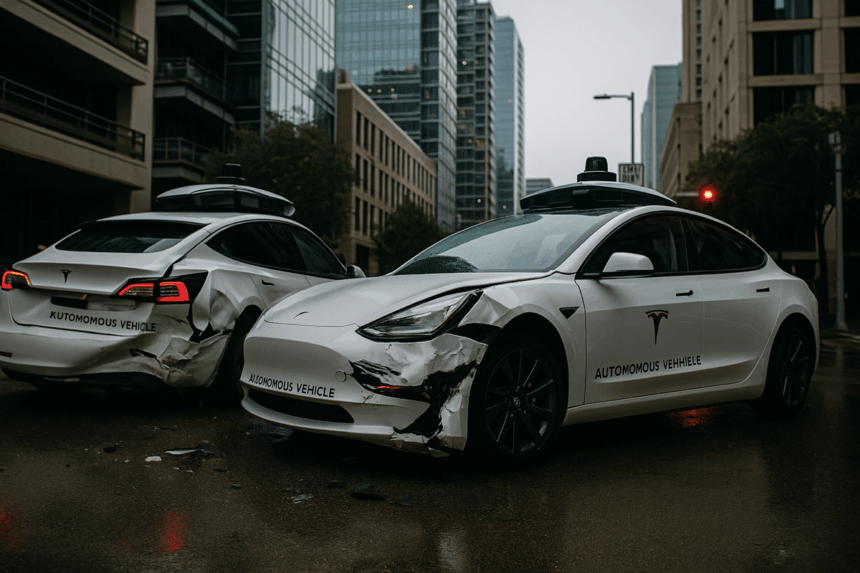Tesla’s ambitious robotaxi rollout in Austin, Texas, is off to a rough start. Three crashes occurred on its very first day of testing. The incidents seriously question the readiness of Tesla’s autonomous driving technology and its ability to compete with rivals Waymo and Zoox.
What’s Happening & Why This Matters

Austin is steadily becoming the testing hub for self-driving cars, thanks to its permissive regulations, broad streets, and favorable weather conditions. The environment is drawing big players (like Waymo and Zoox), with Tesla joining the mix earlier this summer.
However, according to Tesla’s own crash reports, the company logged three crashes on July 1, its first day of robotaxi testing. The incidents come from documents spotted by Brad Templeton of Forbes. By late July, CEO Elon Musk revealed during a lackluster quarterly earnings call that Tesla vehicles had only 7,000 miles of total testing logged at that point.
To put that in perspective, Waymo has logged more than 96 million miles in autonomous driving with a crash rate dramatically lower than Tesla’s early numbers (60 crashes over 50 million miles). Tesla’s ratio is a depressing picture of its readiness for large-scale deployment.
Breaking Down the Crashes
Two of Tesla’s three crashes involved other vehicles rear-ending Tesla Model Y robotaxis. At least one of the accidents was almost certainly not Tesla’s fault. The third incident is more troubling: a Tesla robotaxi, with a required safety operator present, collided with a stationary object at low speed. The impact resulted in a minor injury to the occupant.
Brad Templeton also noted a fourth, unreported crash that occurred in a parking lot. Tesla redacted most of the details in the official reports, leaving unanswered questions about the exact circumstances.

Tesla’s Future Ambitions
Tesla’s robotaxi program is a cornerstone of its long-term vision. Early mishaps can erode public confidence and complicate plans for regulatory approval. Competing firm Waymo, backed by Alphabet, invested years and billions in developing safety protocols and rigorous testing processes.

Tesla’s comparatively limited testing miles and lack of transparency put it at a disadvantage. If similar incidents occur, Tesla faces increased scrutiny from regulators, insurers, the public, and shareholders.
TF Summary: What’s Next
Tesla’s robotaxi launch in Austin represents both the potential and pitfalls of autonomous vehicles. While some crashes weren’t Tesla’s fault, the low overall testing mileage and high early crash rate are initial red flags. For Tesla to compete, the EV maker needs to ramp up safe testing, share clearer data, and rebuild perceptions with regulators and riders.
MY FORECAST: First, you have to break some eggs to make an omelette. Meaning, testing comes with risks which are inherent in research & development. Expect heightened media and regulatory pressure on Tesla, particularly if additional crashes occur. Competitors will capitalise on any failures to promote their own safety-first narratives. Missteps by Tesla can sideline a real-world deployment for months — even years.
— Text-to-Speech (TTS) provided by gspeech


